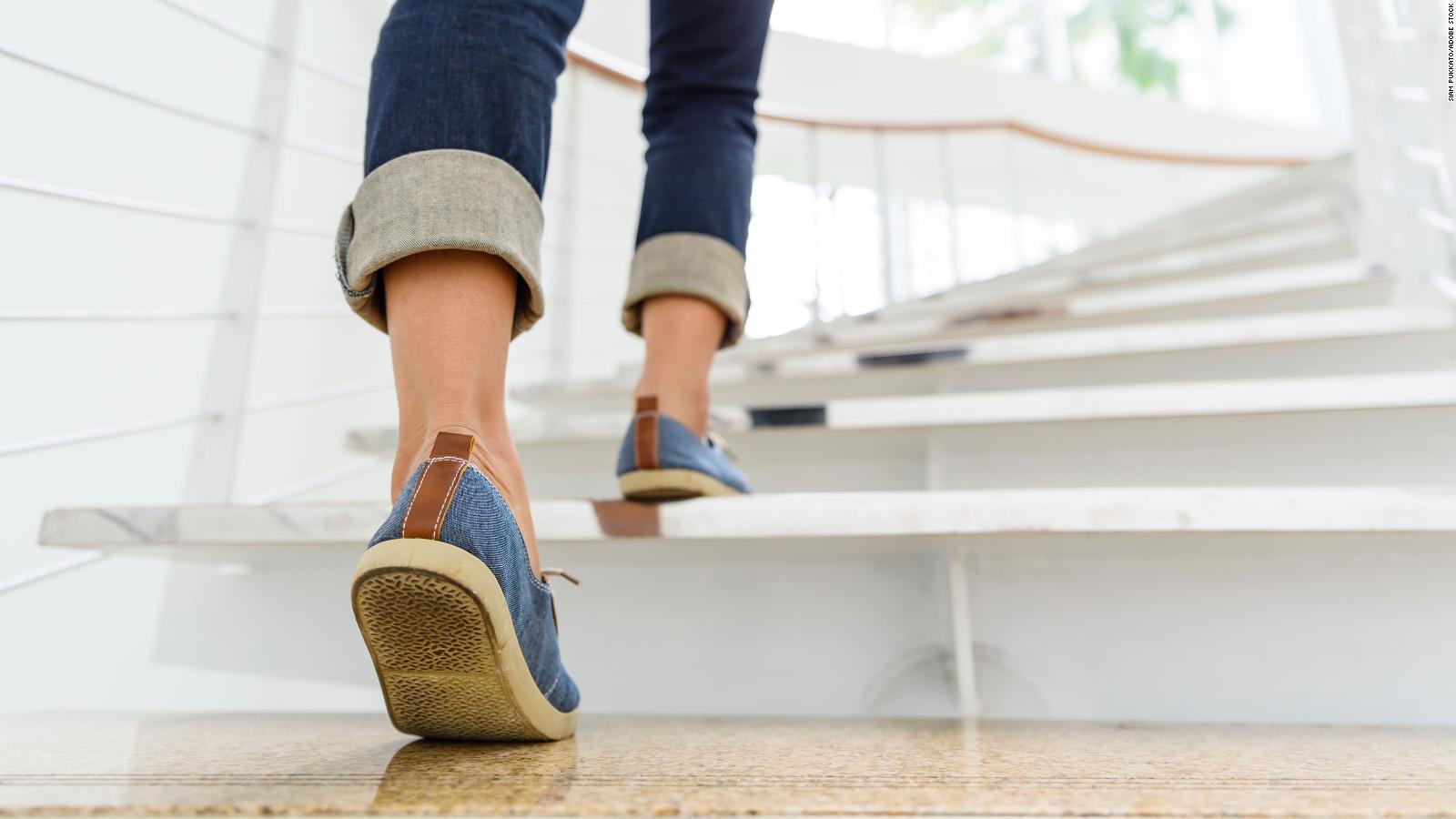Study: Diabetes Drug Fights Overweight 0:49
(CNN) --
For centuries, residents of the sunny Mediterranean have gotten up after long, leisurely meals to stroll, often to the town square to see neighbors and socialize.
Walking is part of that lifestyle, to the point where it is considered one of the bases of the Mediterranean diet, considered the healthiest.
Perhaps it's one of the reasons studies have found that the Mediterranean diet can reduce the risk of diabetes, high cholesterol, heart disease, stroke and some cancers, while also strengthening bones, improving health of the brain, prevents dementia and depression and helps to lose weight in a healthy way.
The Mediterranean diet is once again crowned the best for 2022: how does it work and what to do to start?
Now you can add another reason to take a walk after eating: it can lower your blood sugar level.
That walk doesn't need to take up a lot of your time, either: According to a 2022 study published in the journal Sports Medicine, walking two to five minutes after a meal may be enough.
Standing after a meal may also help, but not as much as putting one foot in front of the other, said study co-author Aidan Buffey, a doctoral student in the department of physical education and sport science at the University of Limerick in Ireland. .
"Intermittent standing breaks throughout the day and after meals lowered glucose by 9.51% on average compared to prolonged sitting. However, intermittent, low-intensity walking at A greater reduction in glucose was observed throughout the day, by an average of 17.01%, compared to sitting for a long time," Buffey told CNN by email.
advertising
"This suggests that breaking up prolonged sitting with standing breaks and light walks throughout the day is beneficial for glucose levels," he added.
What is more beneficial walking or hiking?
Standing is good, but walking is better
The meta-analysis, published in February, looked at seven studies comparing the impact of sitting, standing and walking on the body's blood sugar and insulin levels.
Participants in the studies were asked to stand or walk for two to five minutes every 20 to 30 minutes throughout an entire day.
"Among the seven studies reviewed, the total activity time throughout the observation was approximately 28 minutes, with breaks for standing and light walking between 2 and 5 minutes," Buffey said.
Standing was better than walking directly to a desk or couch to sit on for blood sugar levels, but it didn't help lower insulin in the bloodstream, the analysis found.
However, if people went for a short walk after eating, their blood sugar levels rose and fell more gradually, and their insulin levels were more stable than when they were standing or sitting, the study noted.
Avoiding spikes in blood sugar is good for your body, as large spikes and rapid drops can increase your risk of diabetes and heart disease, experts say.
Studies have shown that blood sugar levels spike 60 to 90 minutes after eating, so it's best to get moving soon after finishing your meal.
How does movement help?
Muscles need glucose to function, so movement helps remove sugars from the bloodstream;
that's why many runners rely on carb-loading before a marathon or race, for example.
Eight myths about diet, exercise and sleep
Want to get more out of your efforts than lowering blood sugar levels?
Increase your movement to meet the minimum physical activity standards for Americans: 150 minutes of moderate-intensity physical activity and two days of muscle-strengthening activity per week.
"People who are physically active for about 150 minutes a week have a 33% lower risk of mortality from all causes than those who are physically inactive," notes the US Centers for Disease Control and Prevention. (CDC).
In a nutshell, that means if you get up and move around for just 21.43 minutes each weekday, you reduce your risk of dying from anything by a third.
It's worth the effort, isn't it?
HikeDiabetesinsulin

